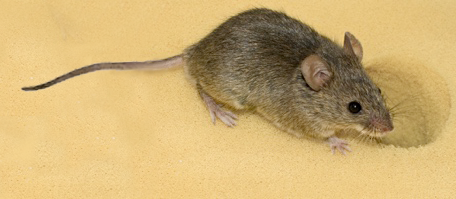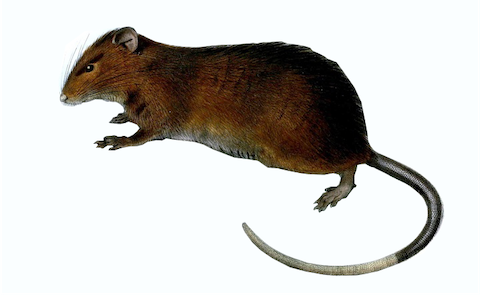Selective chemokine receptor usage by central nervous system myeloid cells in CCR2-red fluorescent protein knock-in mice.
Abstract
BACKGROUND: Monocyte subpopulations distinguished by differential expression of chemokine receptors CCR2 and CX3CR1 are difficult to track in vivo, partly due to lack of CCR2 reagents. METHODOLOGY/PRINCIPAL FINDINGS: We created CCR2-red fluorescent protein (RFP) knock-in mice and crossed them with CX3CR1-GFP mice to investigate monocyte subset trafficking. In mice with experimental autoimmune encephalomyelitis, CCR2 was critical for efficient intrathecal accumulation and localization of Ly6C(hi)/CCR2(hi) monocytes. Surprisingly, neutrophils, not Ly6C(lo) monocytes, largely replaced Ly6C(hi) cells in the central nervous system of these mice. CCR2-RFP expression allowed the first unequivocal distinction between infiltrating monocytes/macrophages from resident microglia. CONCLUSION/SIGNIFICANCE: These results refine the concept of monocyte subsets, provide mechanistic insight about monocyte entry into the central nervous system, and present a novel model for imaging and quantifying inflammatory myeloid populations.
| Authors: | Saederup N, Cardona AE, Croft K, Mizutani M, Cotleur AC, Tsou CL, Ransohoff RM, Charo IF |
|---|---|
| Journal: | PLoS ONE; 2010 Oct 27; 5(10) 13693. doi:10.1371/journal.pone.0013693 |
| Year: | 2010 |
| PubMed: | PMID: 21060874 (Go to PubMed) |


